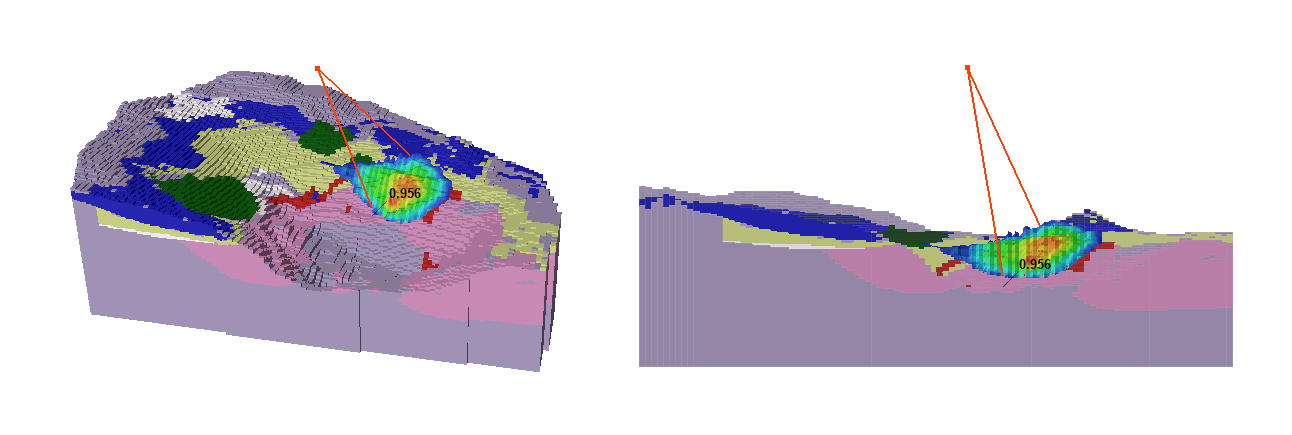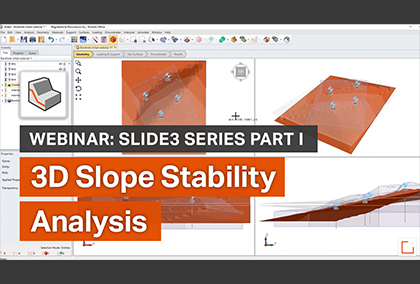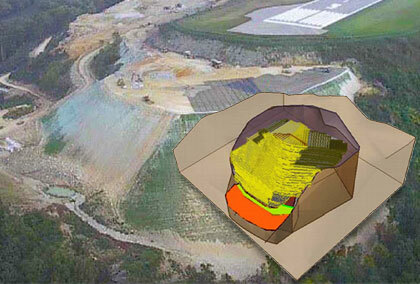Slide3 is Getting Smarter – Block Model Import & More
The industry insight you have as a practicing engineer is valuable, and we are always open to hearing your ideas. Learning about the challenges you face as an engineer often create opportunities for software innovation. This communication drives our customer-centric approach to development, ensuring that you are equipped with software that will make your job easier and more efficient.
Slide3 is a powerful tool in the mining industry used to analyze the stability of open pit mines. The new release for Slide3, includes new features that will make your job a lot more efficient.
Block Model Import into Slide3
One feature highly requested by our users is the ability to import Block Models into Slide3.
Block models are an integral part of mine design and planning. Modern day software allows mining engineers to generate huge point clouds of data to provide insight into the mine’s geological properties. Every “block” that gets mapped represents an area of rock labeled with specific material data like rock type, density, etc. This information is generated by exploratory drilling. The mapping of block models improves the efficiency and accuracy of prospecting new mining locations by creating a 3D map of the underground material.
The point data that makes up block models gets stored in data tables, which depending on the size of the mine can be quite large and complex. To analyze these block models, a model would need to be built from scratch in a slope analysis program using the point data which can be a time-consuming task.
Our team of developers worked with industry partners to create this new integration feature allowing you to import block models from spreadsheets or .csv files directly into Slide3 for stability analysis.

Figure 1: Slide3 Analysis of a Block Model for an Open Pit
With the new Maintenance+ update, Slide3 will have the ability to import block models generated in Leapfrog, Deswik, Vulcan, Datamine as well as other programs. Once the block model is imported, you can analyze the factor of safety in the same way as any other model.
Design Standards
We understand it can be time consuming to manually change specific factors to ensure your models satisfy different design standards. Normally, users must specify custom factors and properties according to each design standard before running their analyses. Now in Slide3, you can select a specific design standard, and the variables will change automatically for you, streamlining your workflow. With numerous design standards being implemented, comparing results is now faster.
2D Section Analysis
Also being implemented into the next release of Slide3 are improvements for viewing Slide2 sections. You will find more visibility options for viewing your 2D cuts in the Slide2 Section Creator dialog. You will also be able to adjust search settings and create user defined surfaces prior to computing.


